
It is important to remind the reader of the geo-politics of the era after Mexico’s and Central America’s liberation from Spain: As internecine battles raged among various interests, the generation passed before factions settled into liberal and conservative camps. Guanacaste, then a part of Nicaragua, was variously governed by conservatives in Grenada and liberals in Leon.
Liberals wanted a written constitution and a representative assembly, greater suffrage rights, and freedom of the press. Grenada’s conservatives were more top-down and authoritarian in their style of government, rejecting the constitution advanced in Guatemala for the Federal Republic of Central America.
The chronology of the period is both confusing as Léon and Granada tried to control Nicaragua. In sum, conservatives in Grenada and liberals in Léon governed the District of Nicoya, just as conservatives in Cartago and Heredia advocated joining the Mexican Empire while San José and Alajuela wanted independence under the new federal constitution.
With Grenada and Léon essentially in a civil war after independence of Spain (1821), Santa Cruz and Nicoya voted in 1824 for Costa Rican Annexation. All were within the Partido (Party) of Nicoya, the southernmost province of Nicaragua. The calculation at the time, under the banner, “From the country by our will” reflected their willingness to join Costa Rica without the pressure of military force from either country and considering the complete anarchy that existed in Nicaragua at the time.
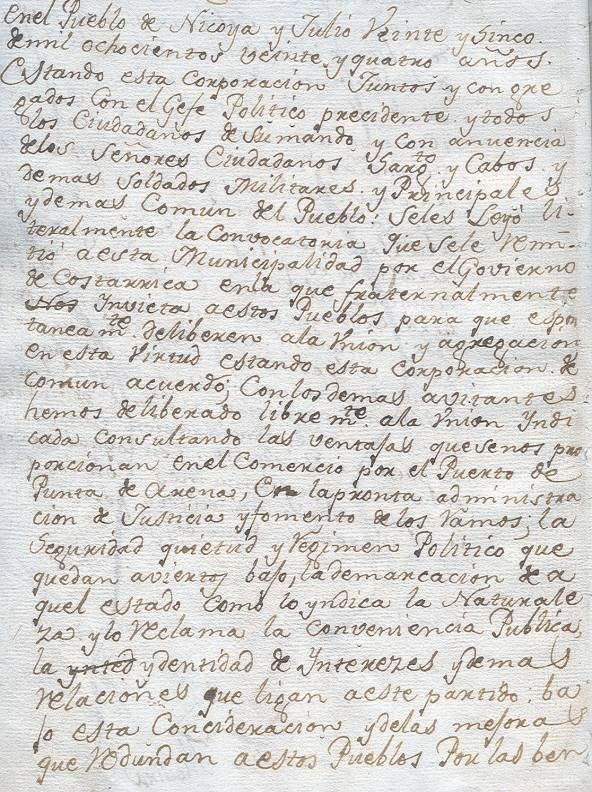
Copy of the first page of the Annexation of Nicoya to Costa Rica in July 25, 1824, National Archive of Costa Rica.
By 1837, Nicaragua and Costa Rica were openly at war as the Guatemalan conservative strongman, Rafael Carrera, began to organize the indigenous population to reunite Central America that still existed as a republic, but mostly in name only. The Carrera faction in Nicaragua wanted a united Central America while Costa Rica resisted such a union.
In 1839, John Lloyd Stephens was appointed by US President Martin Van Buren as Special Ambassador to Central America. While there, the government of the Federal Republic of Central America finally dissolved into civil war. Stephens sought in vain for any actual government in Central America, but reported to Washington that after painstaking search, that no government could be found. Chaos ensued across the Isthmus.
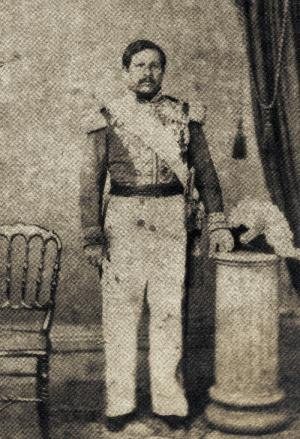
Rafael Carrera
In the South, the area once known as Kingdom of Nicoya that is now the Guanacaste province and western Nicaragua had been theoretically governed from Léon, although, in fact, this former Kingdom governed itself.
A Costa Rican cause célèbre even before the rise of William Walker was Napoleon III’s proposal for a Nicaraguan canal. But slavery in the new states gained from Mexico was at the top of every newspaper during the period after 1850 even as the transcontinental railroad did not join East to West until 1869. In the interim, Walker’s filibuster army came to make a fortune, transporting New York and New Orleans gringos down the San juan River, by coach to Lake Nicaragua and on to the Pacific, heading to San Francisco, a cheaper and quicker route than crossing Panama.
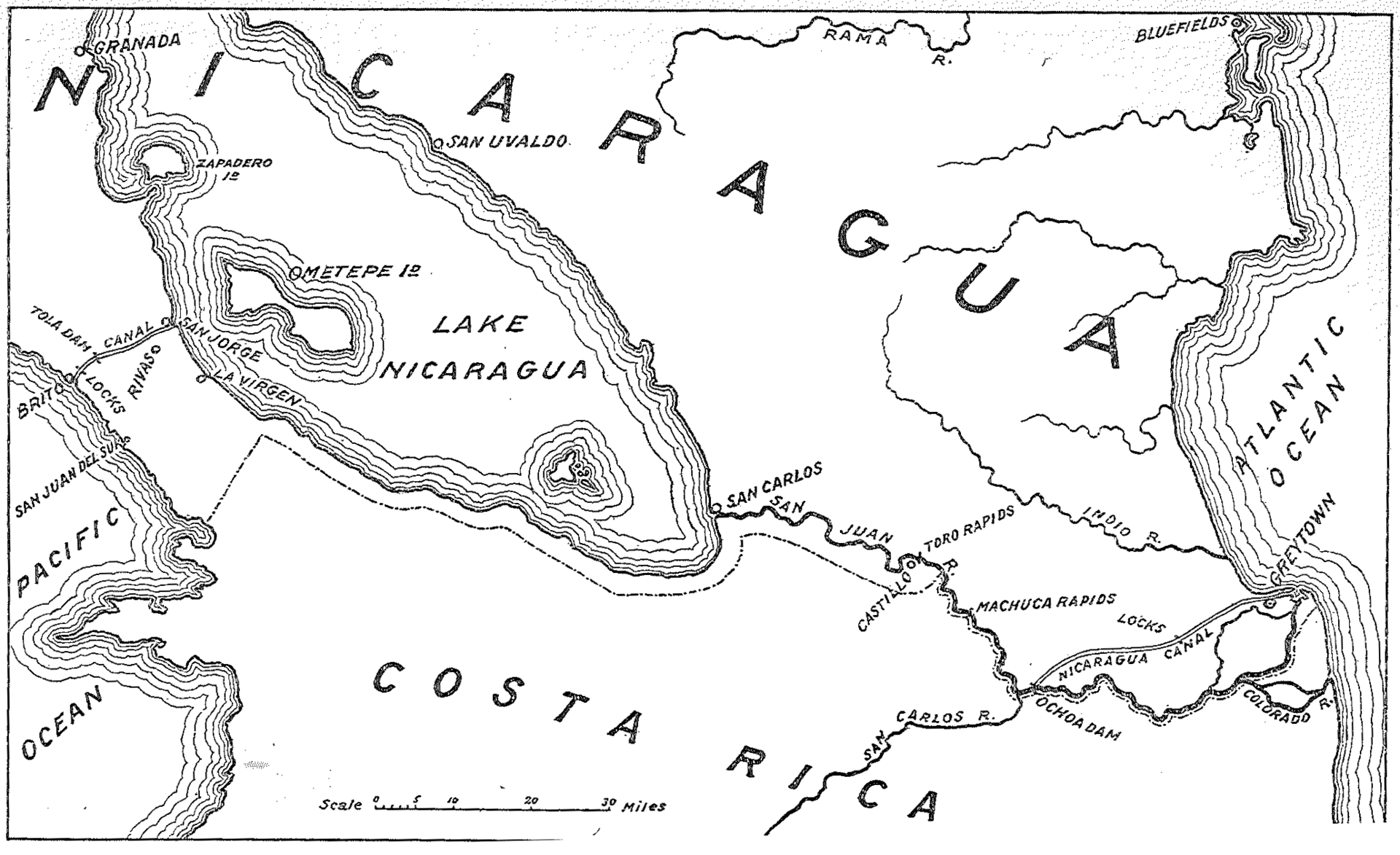
One of the routes proposed in 1902. In Notes on the Nicaragua Channel by Henry Isaac Sheldon.
Read more of the series “By our will”:
Chapter 1: The Arrival of Gil, The Conquistador, in Guanacaste
Chapter 2: Civilizing the Conquistadors
Chapter 4: Path Between the Seas
Chapter 5: Land of Opportunity
Chapter 6: Nicaragua y Costa Rica
Chapter 7: Celebrating Guanacaste
Chapter 8: The Costa Rican Railroad
1) The Nicoya region was organized in 1554 as a Corregimiento (colonial administrator) under the direct control of the Captaincy General of Guatemala. In 1787, the corregimiento was added to the Intendencia (managing official) of the León of Nicaragua. Nicoya was considered a subalterno (subsidiary) of León. In 1812, the Spanish Constitution divided the territory of the Kingdom of Guatemala into political parts. One of these was the Partido de Nicoya. In 1820, upon the administrative division of the Province of Nicaragua and Costa Rica, Nicoya became one of its Partidos, ruled by a Jefe Político Subalterno, in turn ruled by the Jefe Político Superior resident in León. In 1821, on the division of Spain and the dissolution of the province of Nicaragua and Costa Rica, the Partido of Nicoya came under the primary authority of the governor of Granada de Nicaragua and then, in 1823, the governor of León. The people of Nicoya, in a public event called “cabildo abierto”, the equivalent to modern referendums, decided to annex the Partido de Nicoya to the Republic of Costa Rica. On July 25, 1824, Nicoya was formally annexed to Costa Rica. –Wikipedia entry, Partido of Nicoya.
Rosenbaum has been a researcher and consultant on isustainable tourism and community development for USAID (United States Agency for International Development) and the World Bank in several countries in Latin America, the Middle East and Africa. In addition, he has published more than half a dozen books on cultural issues as a senior researcher at George Washington University. Due to his own personal interests – he lived in Nosara and visits Guanacaste often-, Alvin decided to delve into the history of Guanacaste to understand this environment in the best way possible: by incorporating variables from the past into the analysis done going forward, to understand the present and the future of this land that welcomed him with open arms. Alvin spent many hours and several months systematizing all of the information from books and interviews, and talking with Guanacastecans who are well-versed in local history to finally produce a series of installments titled “Por Nuestra Voluntad” (By Our Will).
The chapters of the series By our will are the author’s opinion and do not necessarily reflect the editorial position of this newspaper. If you want to write an opinion article, you can write to [email protected]


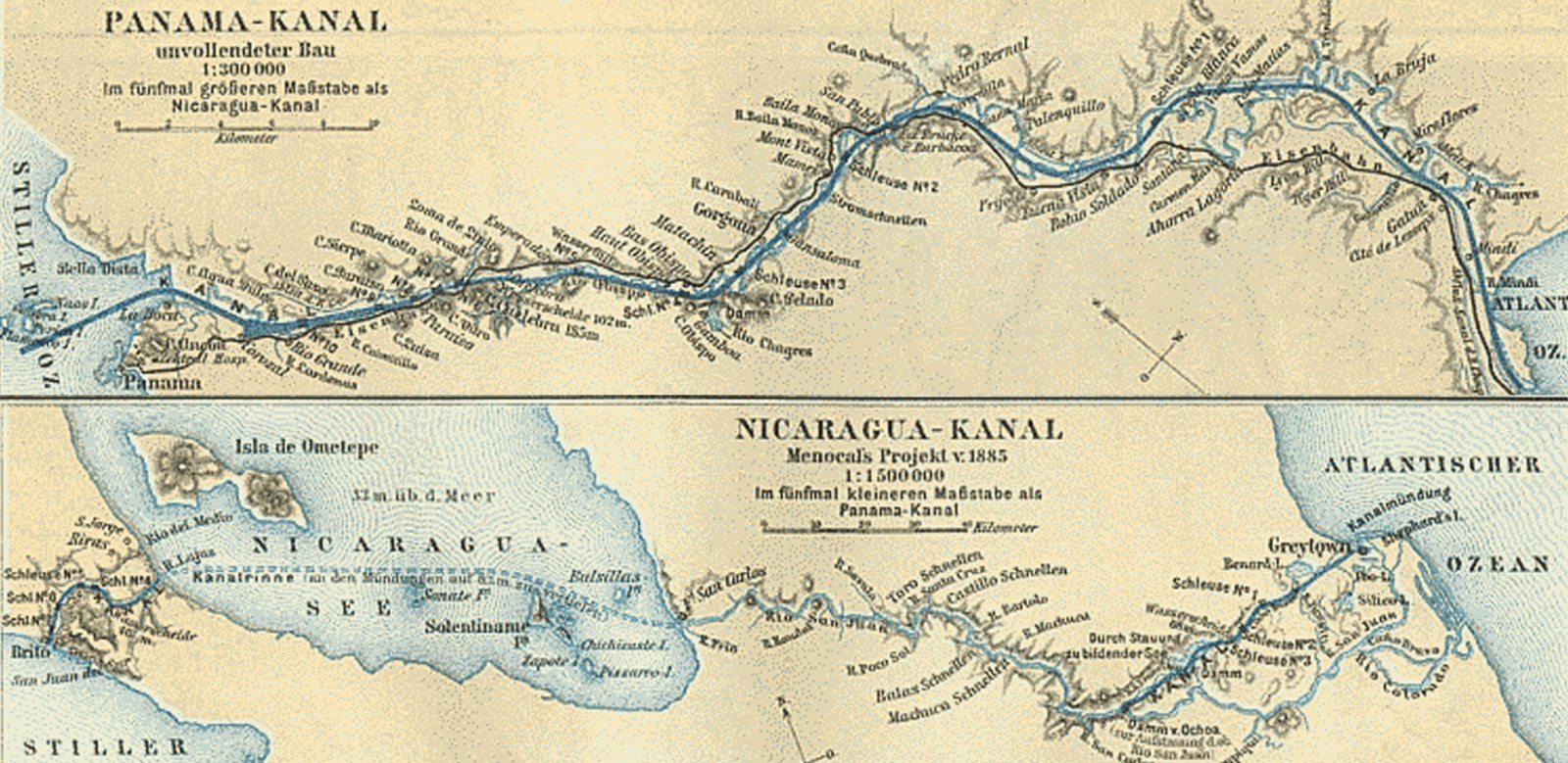
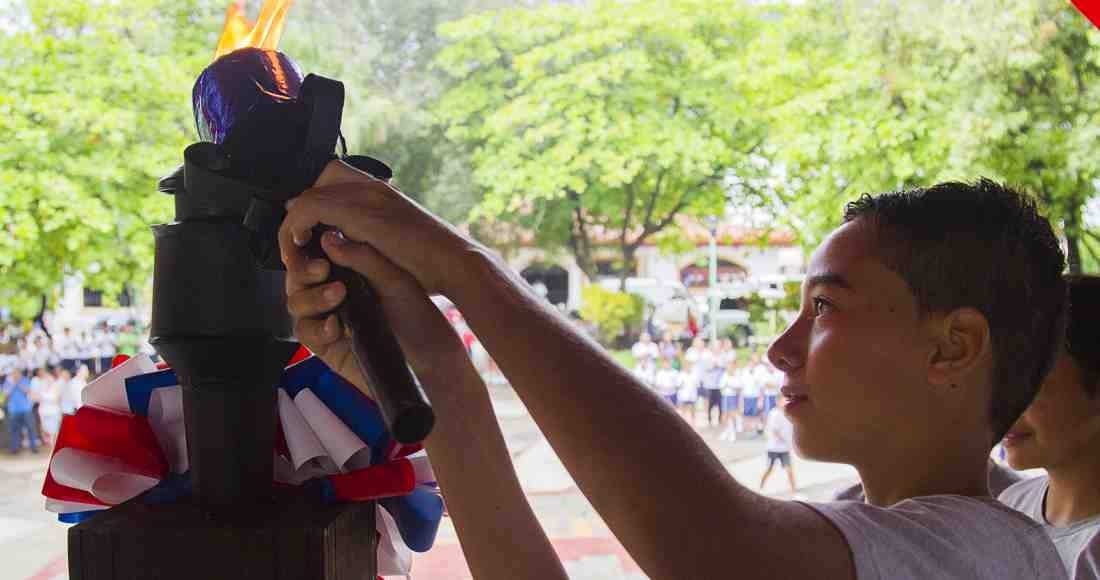
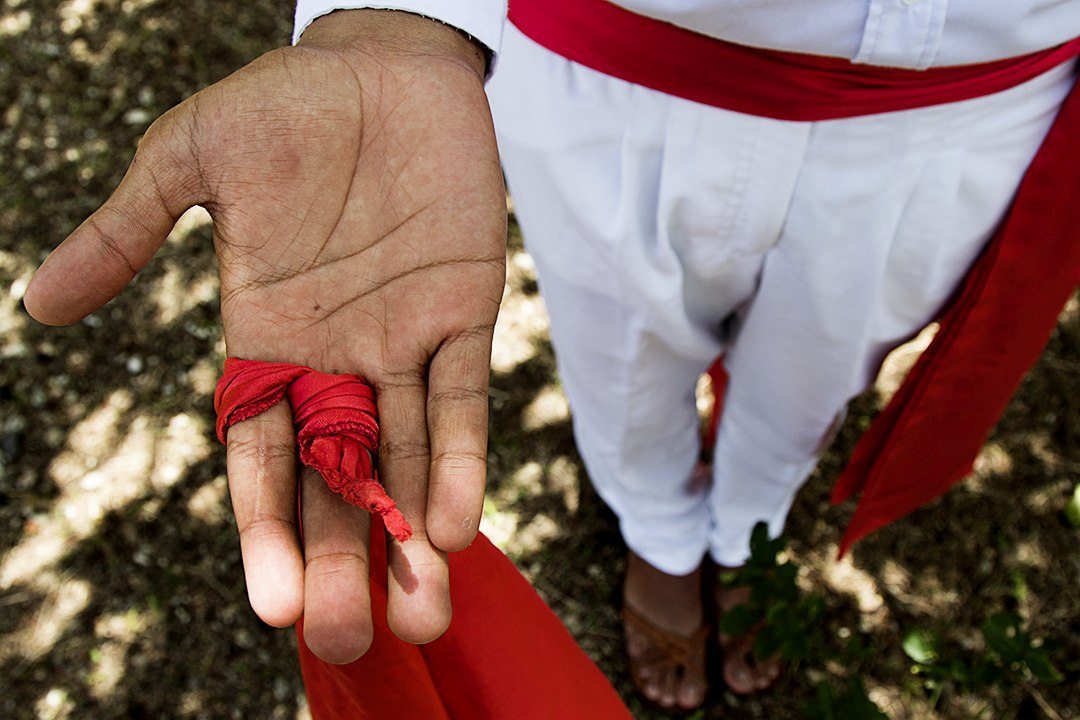
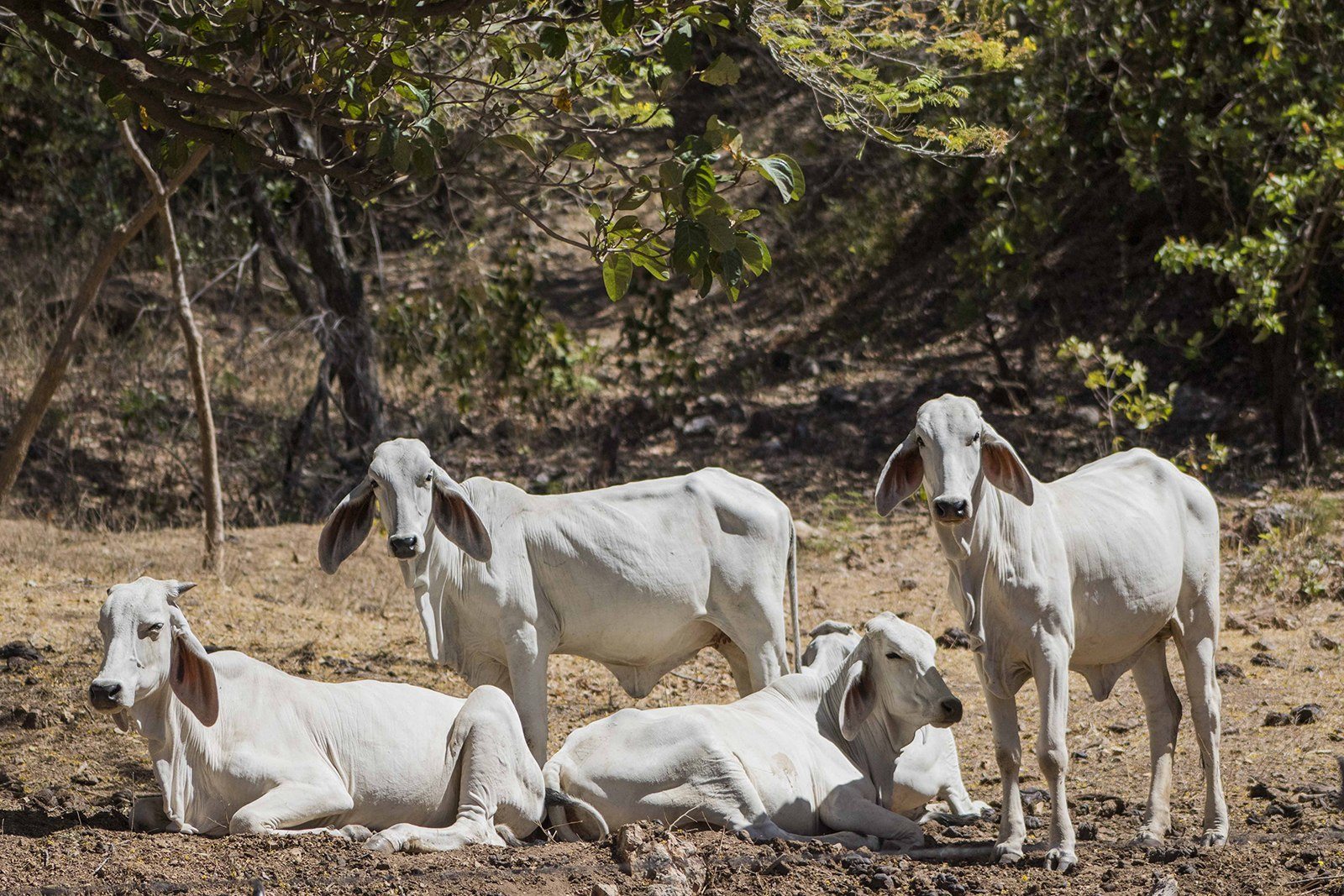

Comments